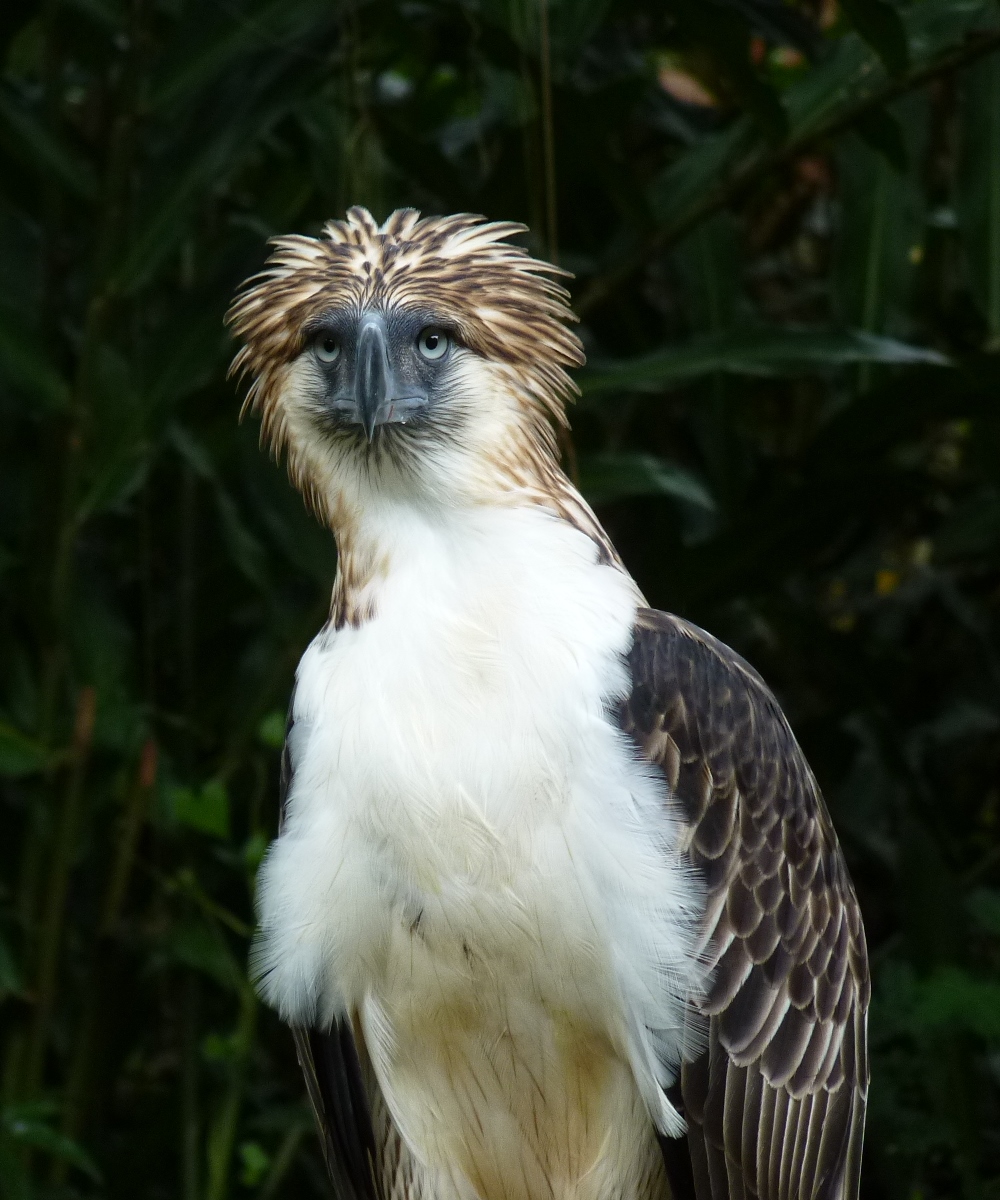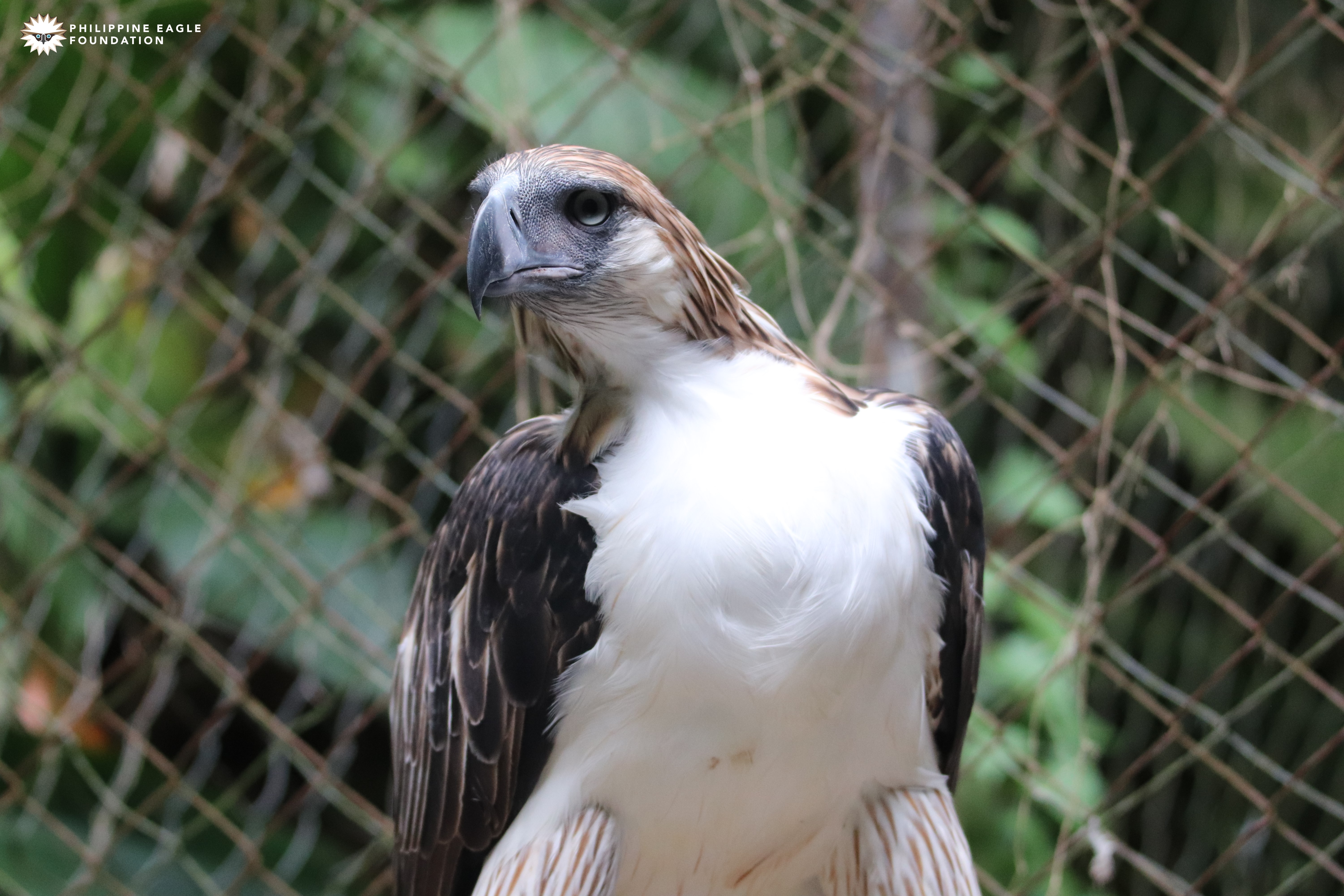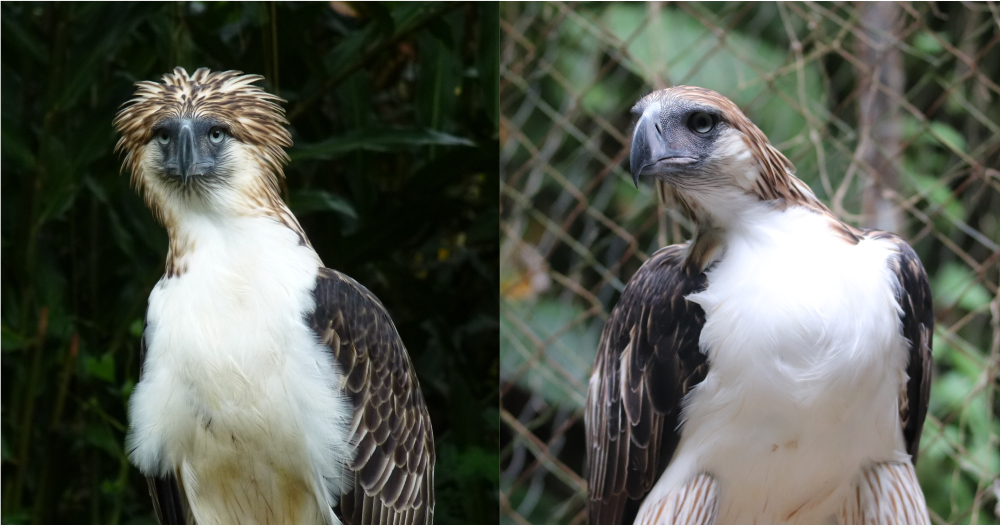The Jurong Bird Park will have new visitors this upcoming June school holidays.
A pair of magnificent Philippine eagles, one of the largest and rarest raptors in the world, will be making the bird park their new home.
Sign of good ties between Singapore and the Philippines
The Philippines' Department of Environment and Natural Resources (DENR) has loaned the pair of critically endangered Philippine eagles to Singapore's Jurong Bird Park (JBP) out of goodwill.
The Wildlife Loan Agreement was signed by representatives from both DENR and Wildlife Reserves Singapore (WRS) on May 20, 2019, in the presence of ambassadors from both countries.
The arrival of the eagles also marks Singapore's 50 years of friendship with the Philippines.
The deputy chief executive officer and chief life sciences officer of WRS, Cheng Wen-Haur, who signed the agreement on behalf of WRS, said that he was "honoured by the trust that the Philippine government had placed in us" to care for the birds.
The significance of this pair of Philippine eagles was explained by the secretary of DENR, Roy Cimatu:
“The Philippine eagle is the crown jewel of Philippine biodiversity and an integral part of our rich heritage. As our national bird, it embodies our aspiration to soar high as a nation."
“As a critically endangered species, it is an ideal ambassador of Philippine biodiversity, perfect for the purpose of generating awareness on the urgent need for conservation, and for stimulating international support for an in-situ conservation programme.”
 Cheng Wen-Haur (left) and Roy Cimatu (right). Photo courtesy of Wildlife Reserves Singapore
Cheng Wen-Haur (left) and Roy Cimatu (right). Photo courtesy of Wildlife Reserves Singapore
The eagles are slated to arrive from Davao City sometime in June this year.
They are currently being loaned from The Philippine Eagle Foundation, a non-profit dedicated to the conservation of the species.
A critically endangered species
The Philippine eagles are considered one of the world's largest eagles, with a wingspan of 1.84m to 2.2m.
They have a distinctive appearance, with their shaggy crest forming a dark mane when raised.
 Photo from Wikipedia
Photo from Wikipedia
This is what it looks like when its crest is down.
 Photo courtesy of Wildlife Reserves Singapore
Photo courtesy of Wildlife Reserves Singapore
The Philippine eagles were also previously known as monkey-eating eagles, due to reports from indigenous tribes that it would prey solely on monkeys.
However, later studies discovered that aside from monkeys, it also consumed other animals such as snakes, colugos, monitor lizards, and even large birds like hornbills.
This critically endangered species is endemic to the Philippines, meaning it can be found nowhere else in the world.
Due to habitat loss and hunting, only around 400 individuals are left in the wild, making it the rarest of the eagle species.
Aim to establish a breeding pair
Considering how threatened the species is, re-homing the Philippine eagles to JBP is a welcome move.
A 15-year-old male and 16-year-old female are coming to Singapore on a renewable 10-year conservation breeding loan.
The pair were carefully selected to ensure genetic compatibility, and hopefully, will settle down and multiply in Jurong Bird Park.
Preparations are already underway at Jurong Bird Park since early 2019 for the arrival of the magnificent birds.
The eagles will be taken care of by an experienced team who have been responsible for the hornbills in Jurong Bird Park, which currently houses the world's largest collection of Southeast Asian hornbills due to successful breeding programmes.
Two keepers and the deputy head keeper Peter Teo previously made a trip to the Philippine Eagle Foundation to learn from local caretakers the specific husbandry and veterinary techniques required to care for the eagles.
Upon their arrival in Singapore, the eagles will be separated for a few months before being introduced to each other by Jurong Bird Park keepers.
Under the Wildlife Loan Agreement, future offspring will be returned to the Philippines to further contribute to the local gene pool.
Cheng added that this was an opportunity for the two countries to effectively join forces to raise awareness of the plight of a critically endangered species.
"Together, we can actively contribute in a greater capacity to raise awareness of the threats that the wild cousins of these eagles face in the wild, even as we continue the work of breeding to fight extinction.”
Top photo from Wikipedia, and courtesy of Wildlife Reserves Singapore
If you like what you read, follow us on Facebook, Instagram, Twitter and Telegram to get the latest updates.
